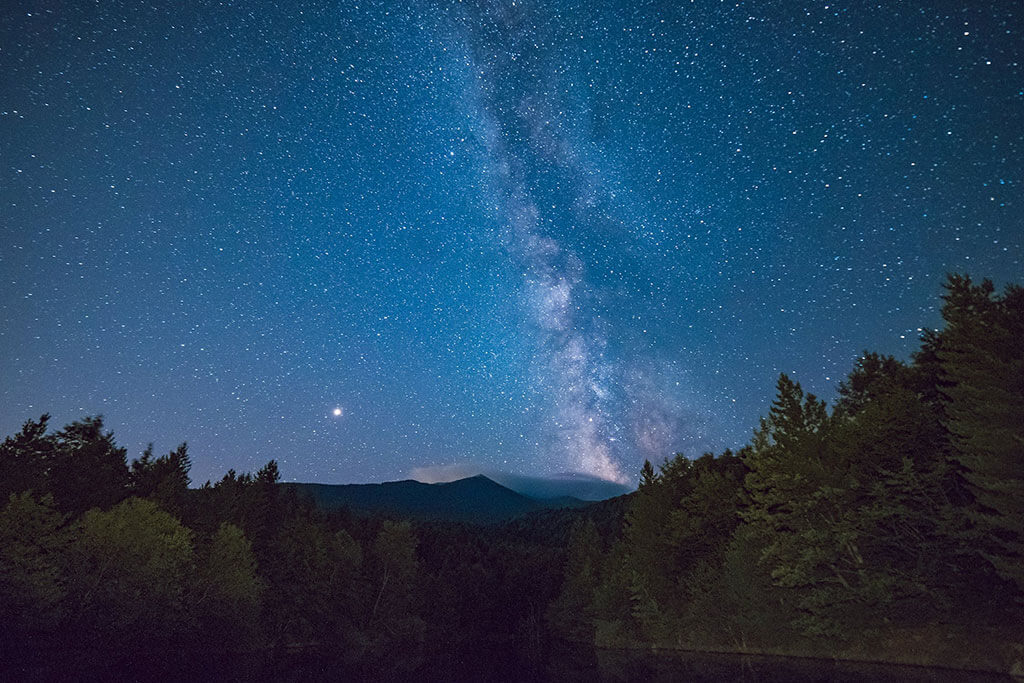
24
May
RTMC Astronomy Expo
http://rtmcastronomyexpo.org/

21
April
International Astronomy Day
http://en.wikipedia.org/wiki/Astronomy_Day

28
June
2018 RASC General Assembly in Calgary
http://rasc.ca/ga2018

24
March
Earth Hour
https://www.earthhour.org/

10
February
UofT Planetarium: Grand Tour of the Cosmos (SOLD OUT)
Showtimes: 7:00pm, 8:10pm, 9:15pm

3
July
Western: Summer Space Camp 2018
In the summer months of July and August, the Centre for Planetary Science & Exploration (CPSX) at Western University offers a Space Science and Technology themed summer camp for children ages 9 to 11.

4
April
Perimeter Institute: A Material World – Building a Future from the Atoms Up (WEBCAST)
From the Stone Age to the Silicon Age, nothing has had a more profound influence on the world than our understanding of the materials around us. The Industrial Revolution of the 19th century and the Information Revolution of the 20th were fueled by humankind’s ability to understand, harness, and control materials.

2
February
UofT Planetarium: Grand Tour of the Cosmos (SOLD OUT)
Showtimes: 7:00pm, 8:10pm, 9:15pm

19
January
UofT Planetarium: The Life and Death of Stars (SOLD OUT)
Showtimes: 7:00pm, 8:10pm, 9:15pm
The stars in the night sky seem unchanging and eternal, and have remained the same for the history of human civilization. However, over millions and billions of years, new stars are born, live out their long lives, and eventually die in a blaze of glory. In this show, we will be exploring the lives of stars by visiting stellar nurseries, supernova remnants and much more!

24
January
ASX Star Talk: Computer Vision on Mars
Modern computer vision technologies have been key to improving our understanding of the Red Planet over the past 15 years. Vision systems are deployed on-orbit (e.g., the HiRISE camera on the Mars Reconnaissance Orbiter), on the surface (e.g., the vision sensors on the rovers Spirit, Opportunity, and Curiosity), and have also been used for safe entry, descent, and landing of recent robotic platforms reaching the surface.
